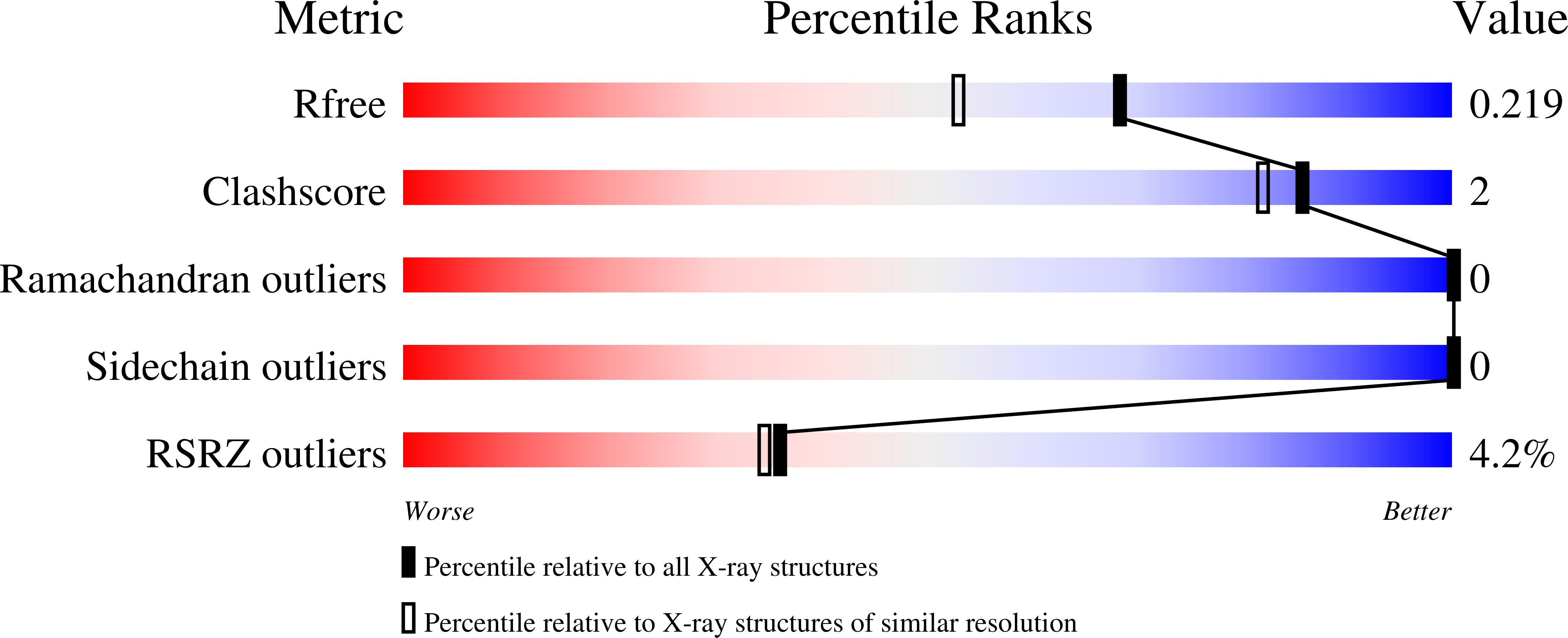
Deposition Date
2023-05-23
Release Date
2024-06-12
Last Version Date
2025-01-29
Entry Detail
Biological Source:
Source Organism:
Lactiplantibacillus plantarum (Taxon ID: 1590)
Host Organism:
Method Details:
Experimental Method:
Resolution:
1.78 Å
R-Value Free:
0.21
R-Value Work:
0.19
R-Value Observed:
0.19
Space Group:
P 41 21 2


